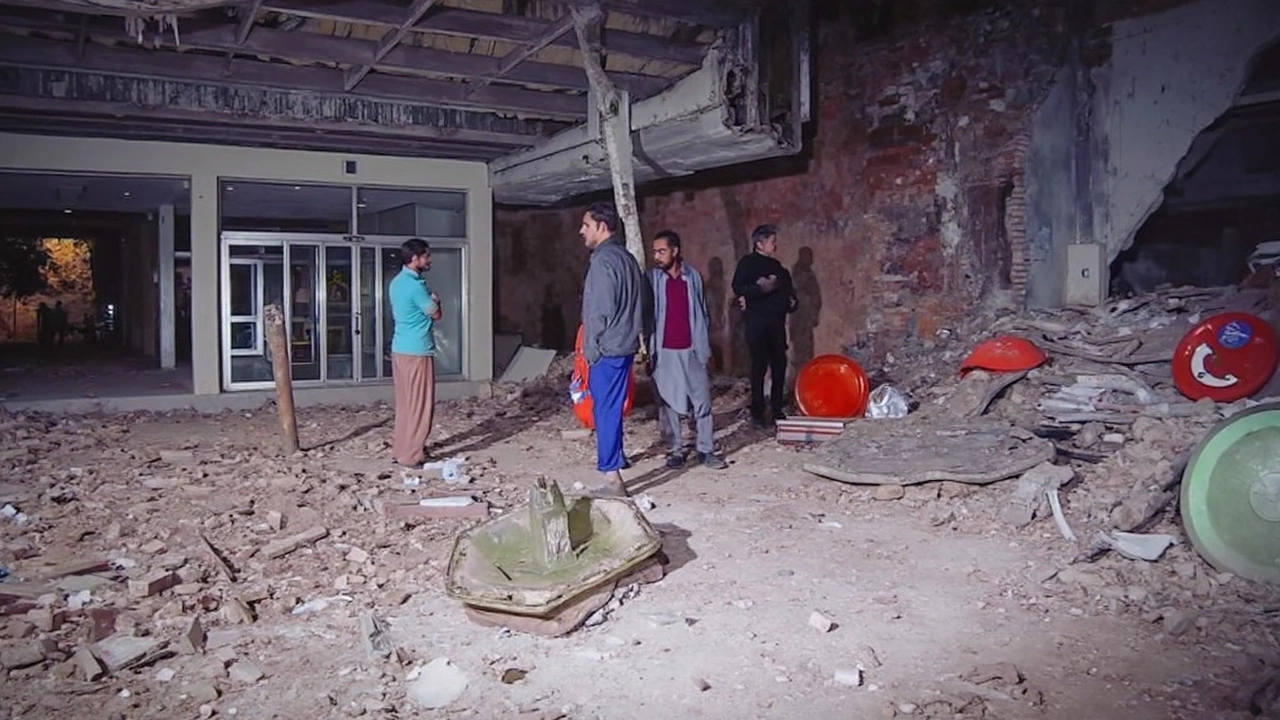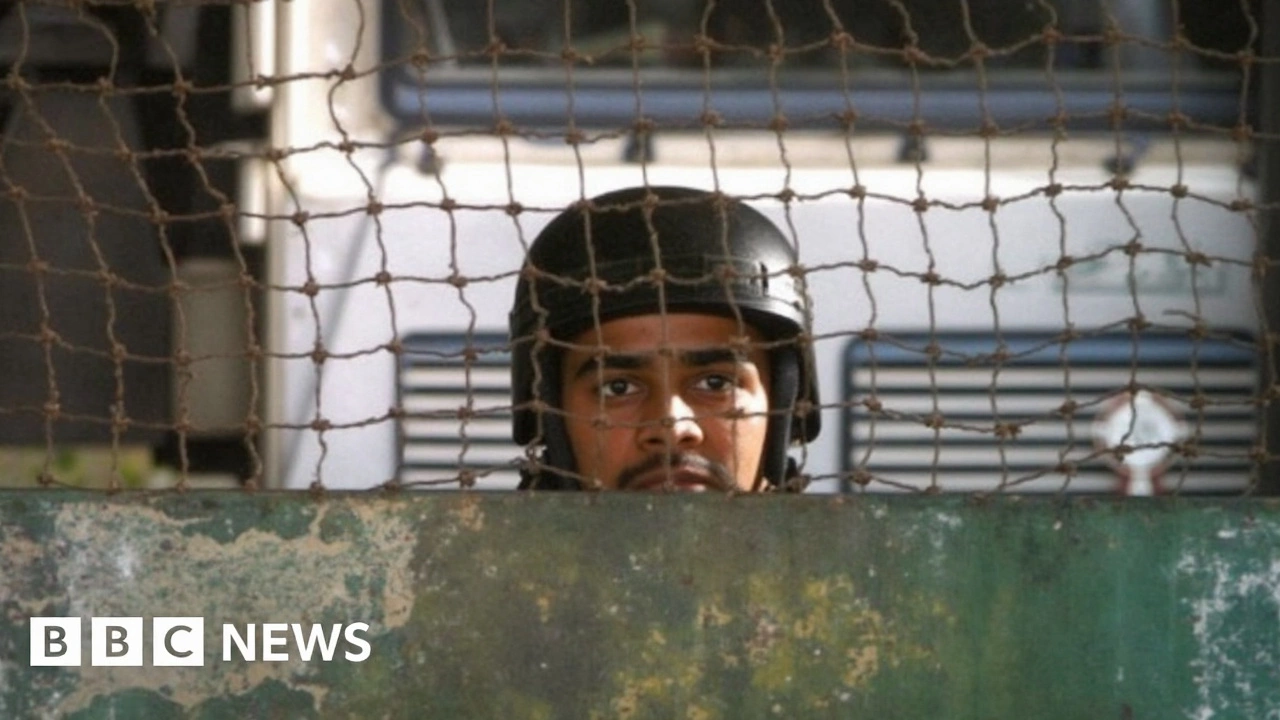2025 Kashmir Attack: The Spark That Lit the Fuse
On April 22, 2025, violence ripped through the famed Baisaran Valley of Kashmir, sending shockwaves across South Asia. Armed militants stormed a tourist group, slaughtering 25 Indian visitors, a Nepalese traveler, and a local Muslim. The attack instantly brought memories of Mumbai 2008 flooding back and rattled the region's fragile peace. India wasted no time in pointing to Pakistan, accusing Islamabad of sheltering the perpetrators and parading two captured Pakistani suspects before the media. Islamabad, for its part, dismissed the whole thing as a possible setup and denied any link to Lashkar-e-Taiba, the notorious group that the Kashmir Resistance claimed had organized the massacre.
What started as a terrorist atrocity quickly grabbed a global audience. Beyond the dead and their grieving families, the killings poured gasoline on a decades-old rivalry—fueling not just historic animosity but an entirely new kind of confrontation: a water war.

Indus Waters Treaty Torn Up: Water as a Weapon
In a move no one saw coming, India flexed its control over the region’s most precious resource. Prime Ministerial orders suspended the Indus Waters Treaty—a landmark agreement that had mostly kept waters flowing peacefully since 1960. Suddenly, India opened the floodgates of the Uri Dam without warning, unleashing torrents down the Jhelum River into Pakistani-administered territory. Towns like Muzaffarabad woke to flooded streets, displaced families, and cries of ‘water war’ echoing across the valley.
Pakistan scrambled for satellites and answers. Images later showed the Chenab River, lifeblood for farmers around Sialkot, running dry after India sealed off the Baglihar Dam. Plans to shut Kishanganga Dam followed. The message was as clear as the empty riverbeds: access to river water would be another front in this long-standing battle.
Pakistani leaders erupted in outrage, condemning the dam maneuvers as “acts of war.” Islamabad snapped back by grounding Indian flights, blocking off roads and trade routes at the border, and canceling visas for thousands. Two-way economic pain mounted quickly as supply chains snapped and families found themselves stranded or separated.
The Line of Control separating Indian and Pakistani forces became a battleground again, with daily gunfire and mortar exchanges turning once-quiet valleys into war zones. India didn’t just rely on water or bullets, either—it rolled out naval missile drills to remind its neighbor just how far its reach goes. Pakistan, never standing down in these moments, warned its public of a looming Indian assault and mobilized tanks and troops in the north. Cities like Rawalpindi buzzed with military transport, checkpoints, and anxiety about what might come next.
While the big players clashed, ordinary Kashmiris suffered silently. Indian authorities, convinced that militants fed off local support, arrested over 1,500 Kashmiris and bulldozed homes tied to alleged insurgent sympathizers. Community leaders sounded the alarm about collective punishment. Humanitarian groups decried mounting abuses and the specter of another tragic displacement crisis just as villagers on both sides were reeling from floods and withered fields.
Big countries, especially the U.S. and China, watched the drama unfold with open concern. Washington called both sides to the diplomatic table, but Beijing took it a step further: Chinese officials pushed for an independent international investigation into the Baisaran massacre, reflecting distrust in both Indian and Pakistani narratives. Neither side wanted foreign meddling, and suspicion only deepened.
With nuclear arsenals in the background and water itself weaponized, what started as another tragedy in Kashmir brought the world to the edge of something far more dangerous. The events revealed how quickly old wounds can reopen and push two neighbors—and the millions caught in between—into a spiraling crisis over the most fundamental resources.

Arlen Fitzpatrick
My name is Arlen Fitzpatrick, and I am a sports enthusiast with a passion for soccer. I have spent years studying the intricacies of the game, both as a player and a coach. My expertise in sports has allowed me to analyze matches and predict outcomes with great accuracy. As a writer, I enjoy sharing my knowledge and love for soccer with others, providing insights and engaging stories about the beautiful game. My ultimate goal is to inspire and educate soccer fans, helping them to deepen their understanding and appreciation for the sport.
view all postsWrite a comment